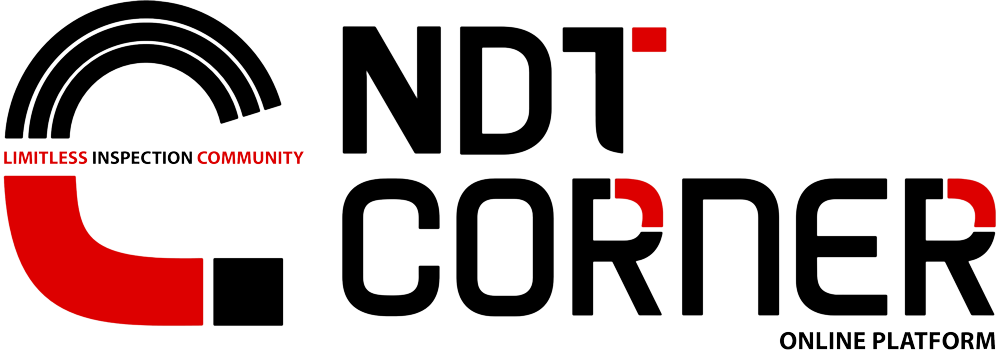
The Future of NDT
13 Nov 2024
Non-Destructive Testing (NDT) plays a vital role in ensuring the safety, quality, and reliability of materials and structures across industries like construction, aerospace, manufacturing, and energy. As technology advances, so does the scope of NDT, allowing for more precise, efficient, and safer inspections. With the increasing demand for accuracy and minimal downtime in industrial settings, new innovations are reshaping the way NDT is performed.
In this blog, we’ll explore the emerging technologies that are transforming the field of NDT and what the future holds for this critical industry.
1. Artificial Intelligence (AI) and Machine Learning (ML)
One of the most significant advancements in NDT is the integration of Artificial Intelligence (AI) and Machine Learning (ML). These technologies enable NDT systems to not only collect data but also analyse it more efficiently and accurately than ever before. AI-powered NDT systems can identify patterns in complex datasets, making it easier to detect anomalies or defects that might have been overlooked by human inspectors.
Key benefits of AI in NDT include:
-
Faster detection and analysis of defects.
-
Increased accuracy and reduced human error.
-
Predictive maintenance capabilities through real-time data analysis.
By automating the inspection process, AI and ML are allowing industries to move from reactive to proactive maintenance strategies. This shift not only improves safety but also reduces downtime and operational costs.
2. Robotics and Automated Systems
Robotics is another groundbreaking innovation that is revolutionising NDT. Traditional methods of NDT can be time-consuming and, in some cases, hazardous, especially in industries like aerospace and energy, where inspections might involve high-risk environments. Automated robotic systems offer a safer and more efficient way to conduct inspections, particularly in hard-to-reach or dangerous areas.
Examples of robotic NDT systems include:
-
Drones for aerial inspections of large structures such as bridges, towers, and wind turbines.
-
Crawlers that can navigate pipelines or confined spaces to perform internal inspections.
-
Underwater robots designed for marine applications, inspecting ship hulls or offshore oil platforms.
These automated systems not only improve the safety of inspections but also allow for continuous, real-time monitoring, enabling industries to detect issues early and reduce costly repairs.
3. 3D Scanning and Imaging Technologies
3D scanning and imaging technologies are also making waves in the NDT industry. These advanced systems create detailed, three-dimensional models of materials and structures, providing inspectors with a clear view of any defects or inconsistencies. This level of precision is particularly useful in industries like aerospace and manufacturing, where even minor flaws can have significant consequences.
Key 3D NDT technologies include:
-
Computed Tomography (CT): This imaging technology is used to produce 3D images of the internal structure of objects, similar to medical CT scans. It is highly effective in detecting internal defects that might not be visible using traditional methods.
-
Laser Scanning: Laser-based NDT systems capture high-resolution 3D images of surfaces, providing accurate measurements and detailed information about surface defects, wear, or deformation.
With these technologies, industries can ensure that their products meet stringent safety and quality standards while also reducing inspection time and improving overall productivity.
4. Digital Twins and Simulation
Another exciting innovation in NDT is the rise of Digital Twin technology. A digital twin is a virtual model of a physical asset, such as a building, aircraft, or pipeline, that is updated in real-time with data from sensors and NDT inspections. This allows industries to monitor the condition of their assets continuously and predict when maintenance or repairs will be needed.
Advantages of digital twins in NDT:
-
Predictive Maintenance: With a digital twin, inspectors can simulate potential failures and predict when issues are likely to occur, allowing for timely interventions.
-
Cost Savings: Continuous monitoring and simulation reduce the need for frequent physical inspections, lowering operational costs.
-
Improved Decision-Making: Digital twins provide a comprehensive view of an asset’s condition, enabling more informed maintenance decisions.
Digital twins, combined with AI and machine learning, have the potential to revolutionise how industries approach asset management, moving from scheduled maintenance to condition-based maintenance.
5. Advanced Ultrasonic Testing
Ultrasonic testing (UT) has long been a staple in NDT, but recent advancements in this technology are making it even more powerful. Traditional ultrasonic testing involves sending sound waves into a material and analysing the waves that reflect back to detect flaws. New developments in Phased Array Ultrasonic Testing (PAUT) and Time of Flight Diffraction (TOFD) are providing inspectors with more detailed and accurate data.
Benefits of advanced ultrasonic testing:
-
Higher Precision: PAUT systems use multiple sound waves from different angles, producing more detailed images of flaws.
-
Faster Inspections: New UT technologies enable quicker scans without sacrificing accuracy.
-
Versatility: Ultrasonic testing can now be applied to a wider range of materials, including composites used in modern aerospace and automotive industries.
Conclusion
The future of NDT is bright, with emerging technologies like AI, robotics, 3D imaging, digital twins, and advanced ultrasonic testing driving improvements in accuracy, safety, and efficiency. These innovations are transforming how industries approach asset management and maintenance, enabling proactive strategies that minimise downtime and costs while ensuring the highest levels of safety and quality.
